Why Is India's Rape Rate Lower Than China's?

I came across a bizarre argument on Zhihu claiming that China’s current rape rate is higher than India’s, questioning whether China remains a safe country. After some research, I found some intriguing phenomena behind this claim.
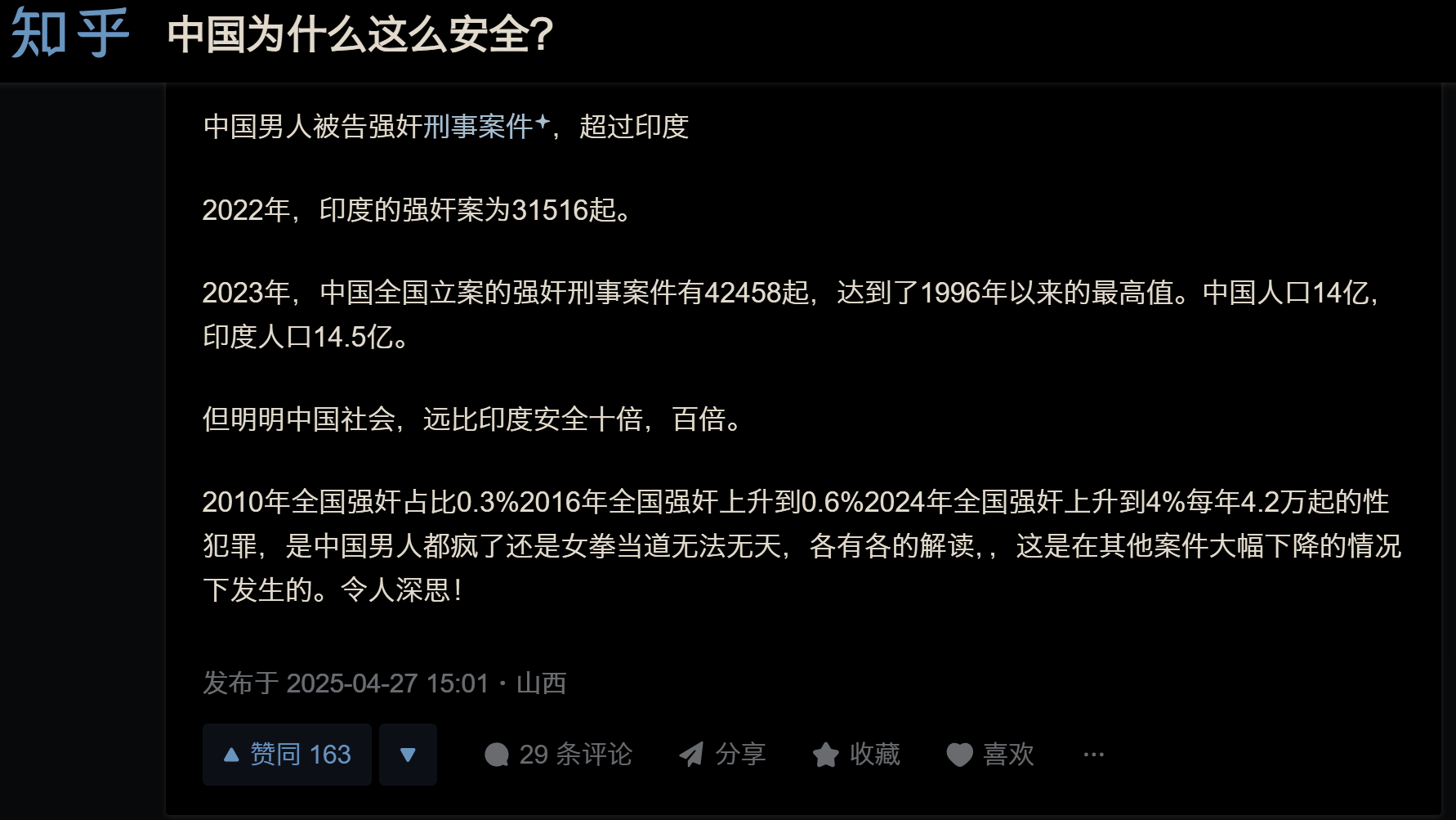
Verifying the Data Sources
First, the data cited in the Zhihu answer isn’t fundamentally flawed. Both China’s and India’s figures come from their respective police departments, making the comparison technically valid. However, data from other countries may originate from prosecutors’ offices or court verdicts, leading to inconsistencies in scope.
I happened to have the 2024 China Legal Yearbook on hand, which records the number of criminal cases filed by the Ministry of Public Security in 2023. Among them, 39,038 rape cases were registered, translating to a rate of approximately 2.8 cases per 100,000 people using the international standard.

As for India’s data, I found a report from the National Crime Records Bureau (NCRB) under India’s Ministry of Home Affairs. From 2017 to 2022, India recorded around 30,000 rape cases annually.
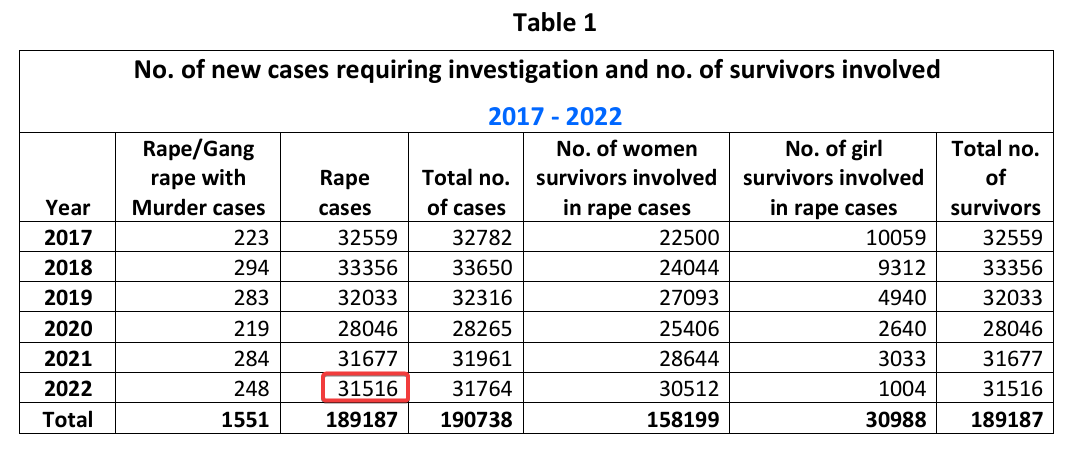
At this point, it’s clear that China and India, with similar populations, report roughly comparable numbers of rape cases.
The Stark Contrast Between Data and Reality
While the numbers suggest parity, this starkly contradicts public perception. India’s rape cases are notorious for their brutality and bizarre nature, evoking widespread fear, whereas China’s situation hardly fits the label of “severe.”
For instance, the U.S. State Department’s annual human rights reports criticize China’s handling of rape in just one sentence:
(In China) rape of women is illegal and punishable by three years’ imprisonment to the death penalty. The law does not recognize marital rape or same-sex rape. A separate statute covers sexual assault against male victims but carries a lighter maximum penalty of five years’ imprisonment. Most rape allegations were resolved through private settlements rather than prosecution.
In contrast, the report on India spans three pages original report:
(In India) the law prescribes varying degrees of punishment for rape based on factors such as the victim’s age. Most rapes are criminalized with a minimum penalty of 10 years’ imprisonment, but marital rape is not illegal unless the woman is under 15. Legal experts note that the law does not criminalize rape of adult males. The minimum sentence for raping a girl under 16 is 20 years to life; gang-raping a girl under 12 carries a minimum penalty of life imprisonment or death. The NCRB’s 2021 Crime in India Report documented 428,278 crimes against women, including rape and domestic violence. Marginalized, vulnerable, and tribal women, particularly Dalit women, are disproportionately victimized. Inadequate law enforcement assistance and judicial inefficiency exacerbate the issue. NGOs cite low conviction rates, prolonged trials, insufficient survivor support, and witness intimidation as key problems. By July, 855 fast-track courts were operational nationwide to expedite cases involving women. In some instances, police pressured rape survivors to reconcile with perpetrators or marry them. So-called “virginity tests” were reportedly used during forensic examinations. Civil society organizations provide survivor-centered support, including medical, legal, and shelter services.
The central government has launched initiatives to improve safety for women reporting violence, such as specialized police desks, emergency response apps, and training programs for officials to handle cases sensitively.
In May, female wrestlers protesting in Delhi against sexual harassment allegations against Wrestling Federation chief Brij Bhushan Sharan Singh were detained. Separately, 11 men convicted of gang-raping Bilkis Bano and murdering 14 of her family members during the 2002 Gujarat riots were controversially released on parole in 2022, sparking outrage.
In reality, India’s horrific rape cases are endless, while China’s controversies mostly revolve around judicial debates.
Odisha Beach Gang Rape (June 2025)
- Headline: Odisha gang-rape: NHRC seeks report from govt, police in 2 weeks
- Details: A 20-year-old college student was gang-raped by 10 men (including 4 minors) during a festival celebration in Gopalpur. The National Human Rights Commission (NHRC) intervened, demanding a report within two weeks.
Israeli Tourist and Indian Host Gang Raped (March 2025)
- Headline: U.S. issues India travel advisory over sexual violence
- Details: An Israeli tourist and her Indian host were gang-raped in Hampi, Karnataka, prompting a U.S. State Department warning for female travelers.
Uttar Pradesh Varanasi Gang Rape (April 2025)
- Headline: 19-year-old held captive for 6 days, raped by 23 men in Uttar Pradesh
- Details: A 19-year-old girl was drugged and repeatedly assaulted by 23 men in a hookah bar, sparking protests.
Spanish Influencer Couple Attacked (March 2024)
- Headline: Spanish influencer gang-raped in India, husband beaten
- Details: A Spanish travel blogger and her husband were attacked in Jharkhand, leading to a rape and assault. Spain subsequently issued a travel warning.
Marital Rape Death Case (February 2025)
- Headline: Outrage as Indian court acquits husband in marital rape death case
- Details: A woman died after forced intercourse, but the High Court overturned the husband’s conviction, citing marital rape exemptions.
Judo Coach Child Abuse (June 2025)
- Headline: India’s “Dangal” dream tarnished by coach sexual assaults
- Details: A judo coach was sentenced to life for raping a 10-year-old athlete; another coach abused a 12-year-old boy.
Bizarre Global Rape Statistics
Looking beyond China and India, global rape statistics are even more confounding.
The UN Office on Drugs and Crime (UNODC data) reveals shocking disparities.
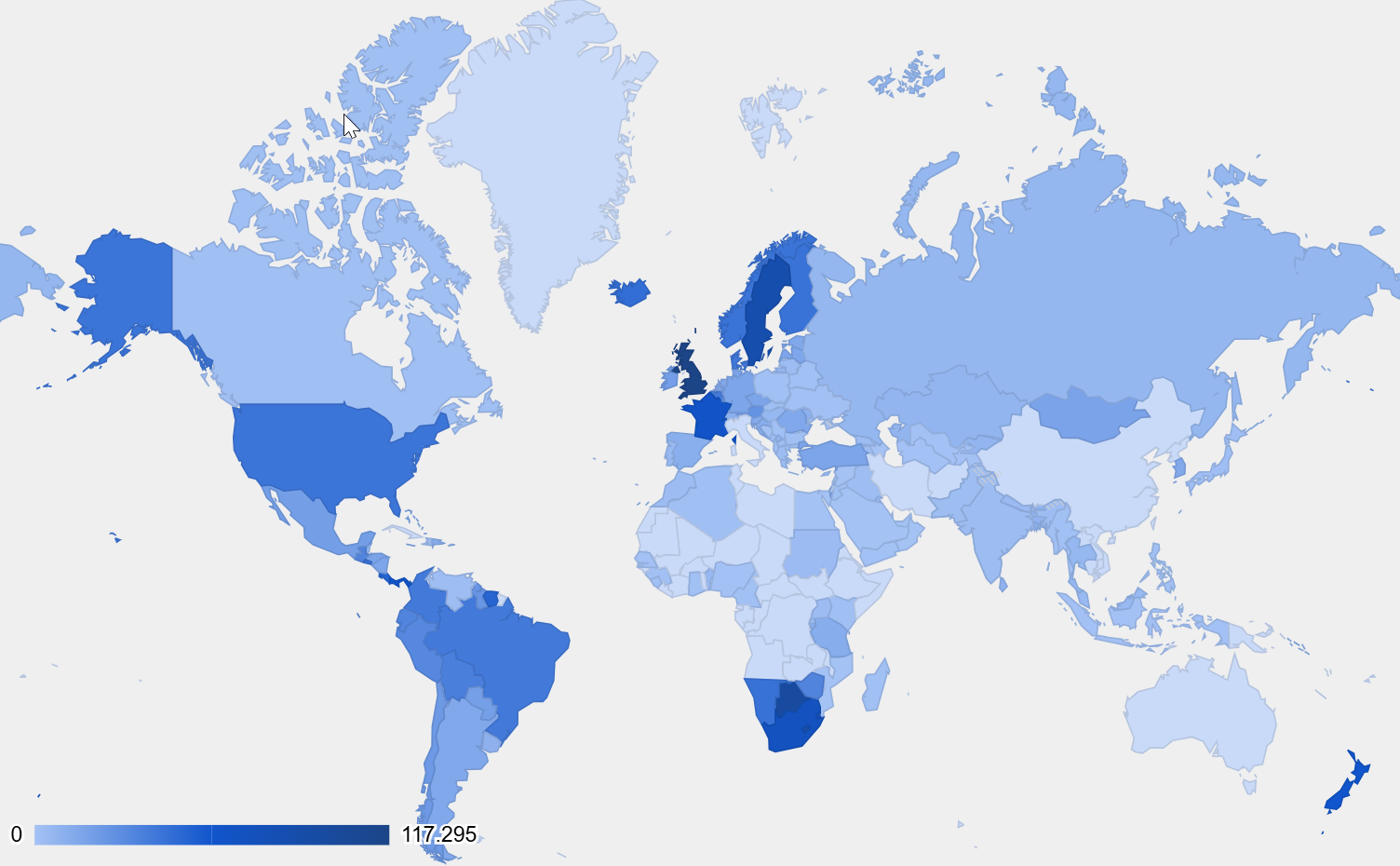
Developed Nations Have Alarmingly High Rates
The UK tops the list with 117 cases per 100,000 people, while the U.S. sits at 41.

Some Developing Nations Report Suspiciously Low Rates
Lebanon claims an implausible 0.01 per 100,000, less than 1/10,000th of the UK’s rate. Saudi Arabia, Syria, Palestine, Nigeria, and Mozambique all report rates below 0.5.

What kind of absurd data is this?!
Counterintuitive Trends
In Asia, Mongolia has the highest rate (16 per 100,000), while Saudi Arabia’s is 150 times lower.
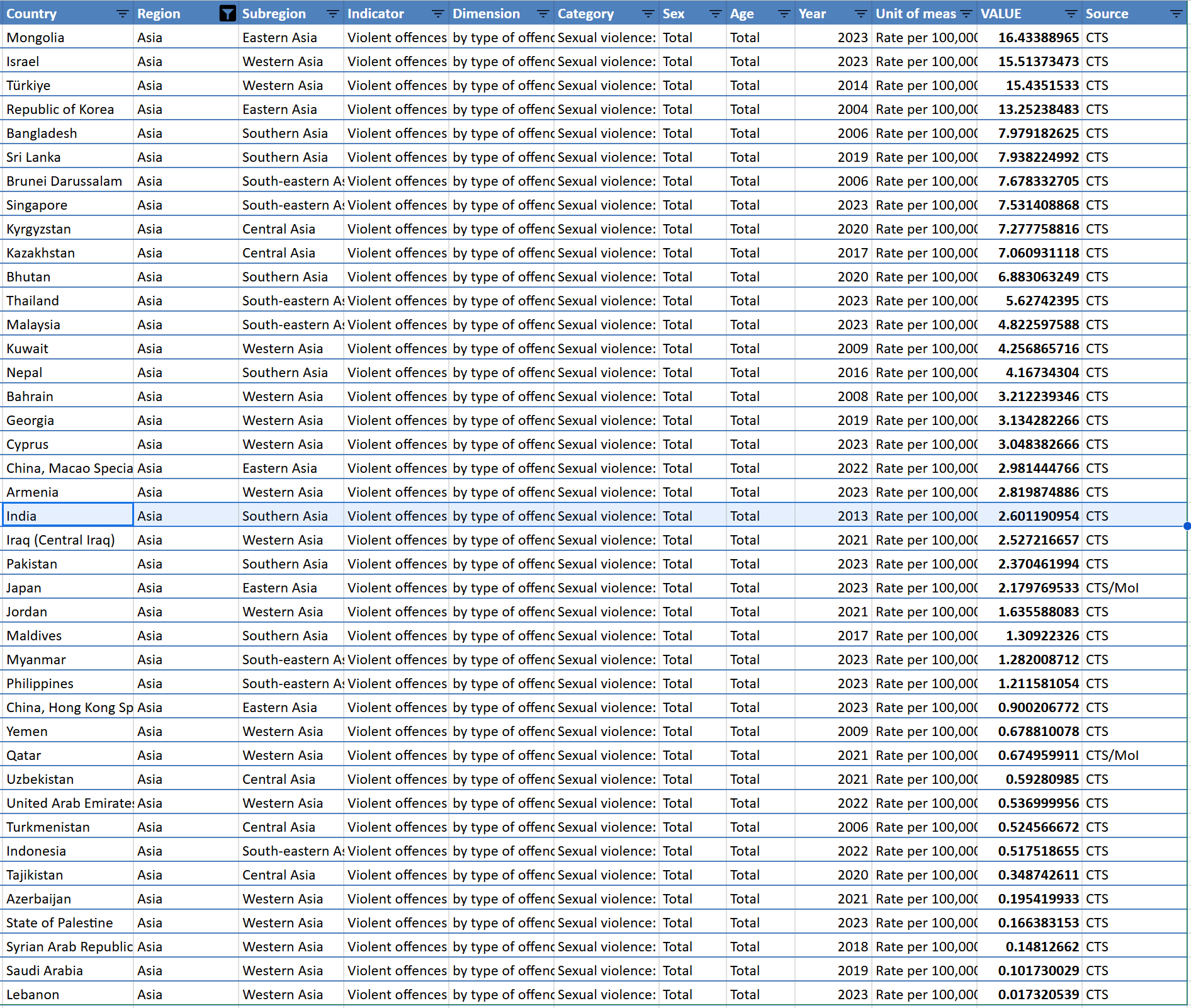
The UNODC’s disclaimer explains:
These figures reflect judicial system operations, not actual crime rates.
— UNODC 2018 Global Crime Report
How China and India’s Judicial Systems Differ
India’s NCRB reports reveal bizarre inefficiencies:
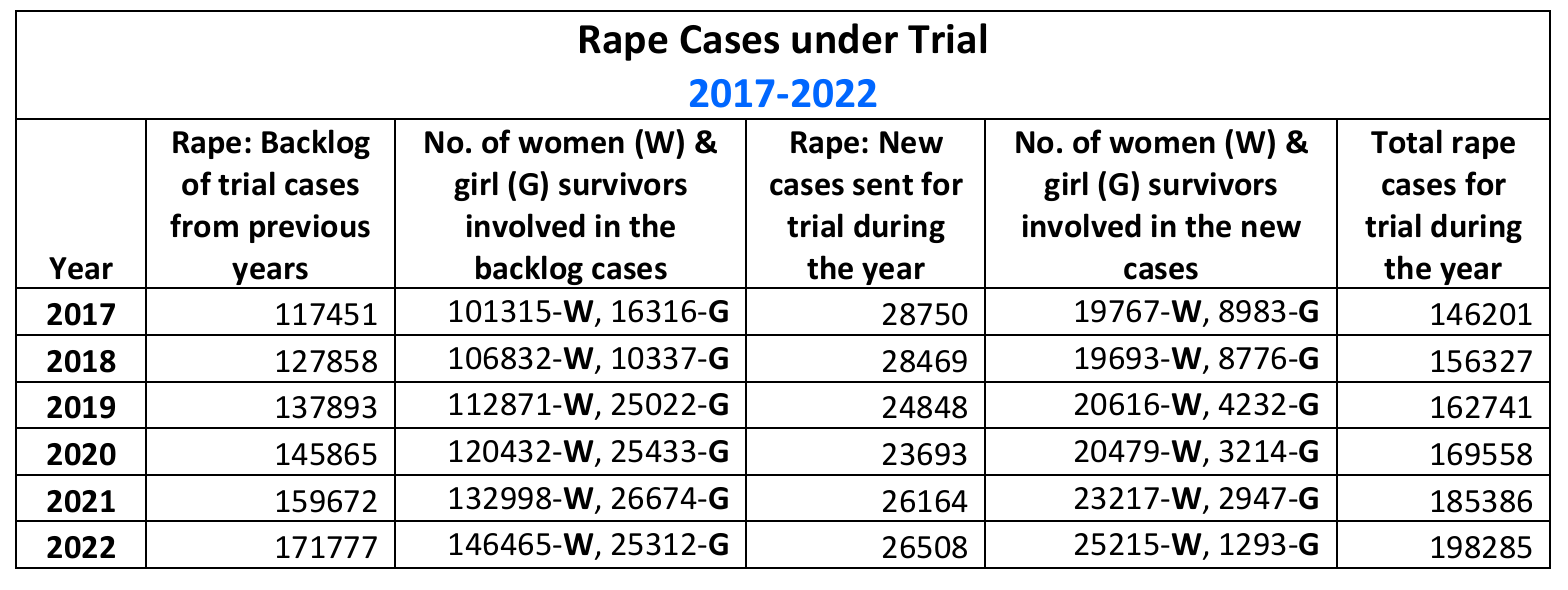
- 170,000 pending rape cases in 2022, nearly 7 times the annual new cases.
- In China, such backlog is unthinkable; year-end pending cases typically equal a single month’s intake.
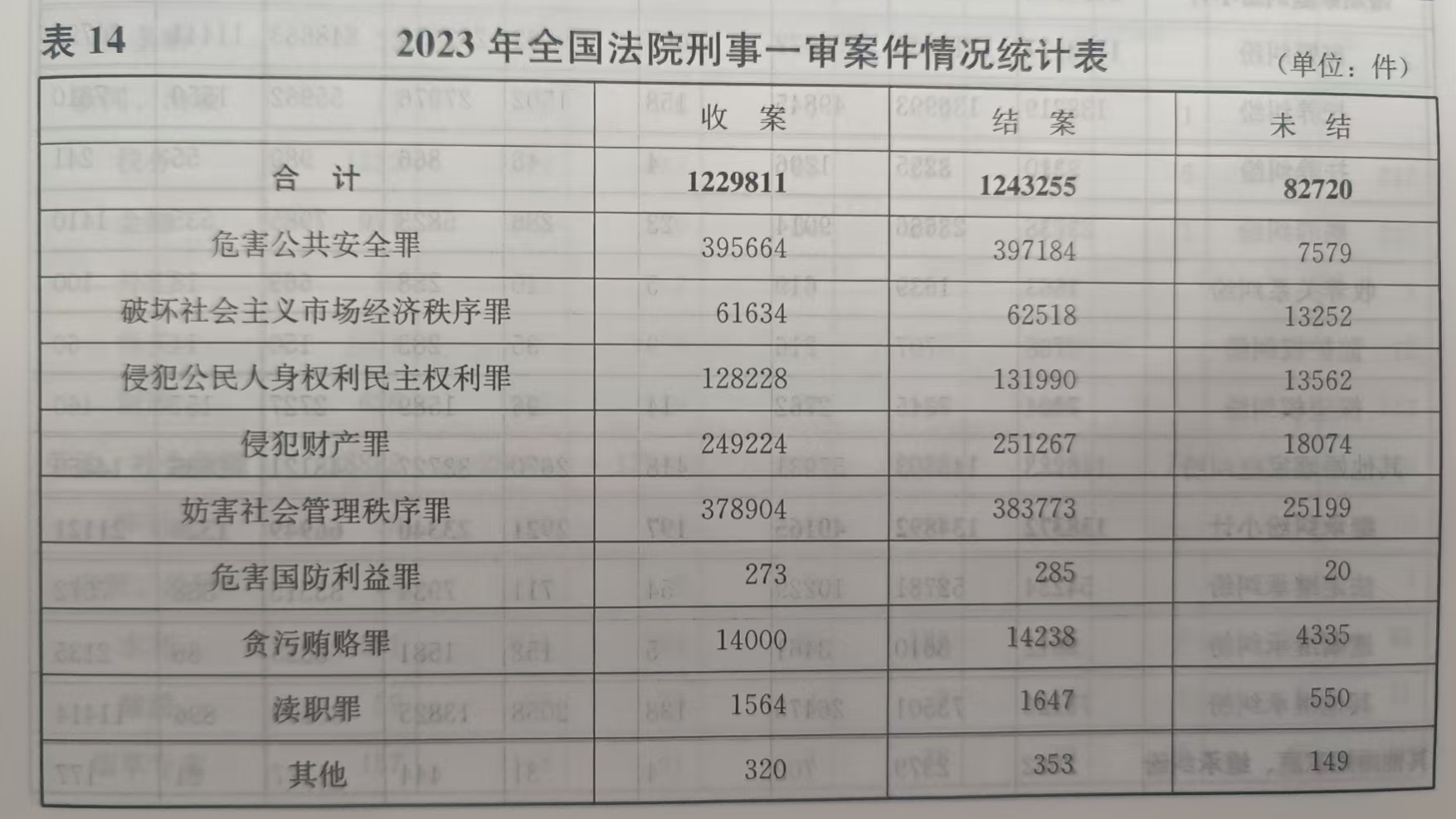
India’s Police Inefficiency
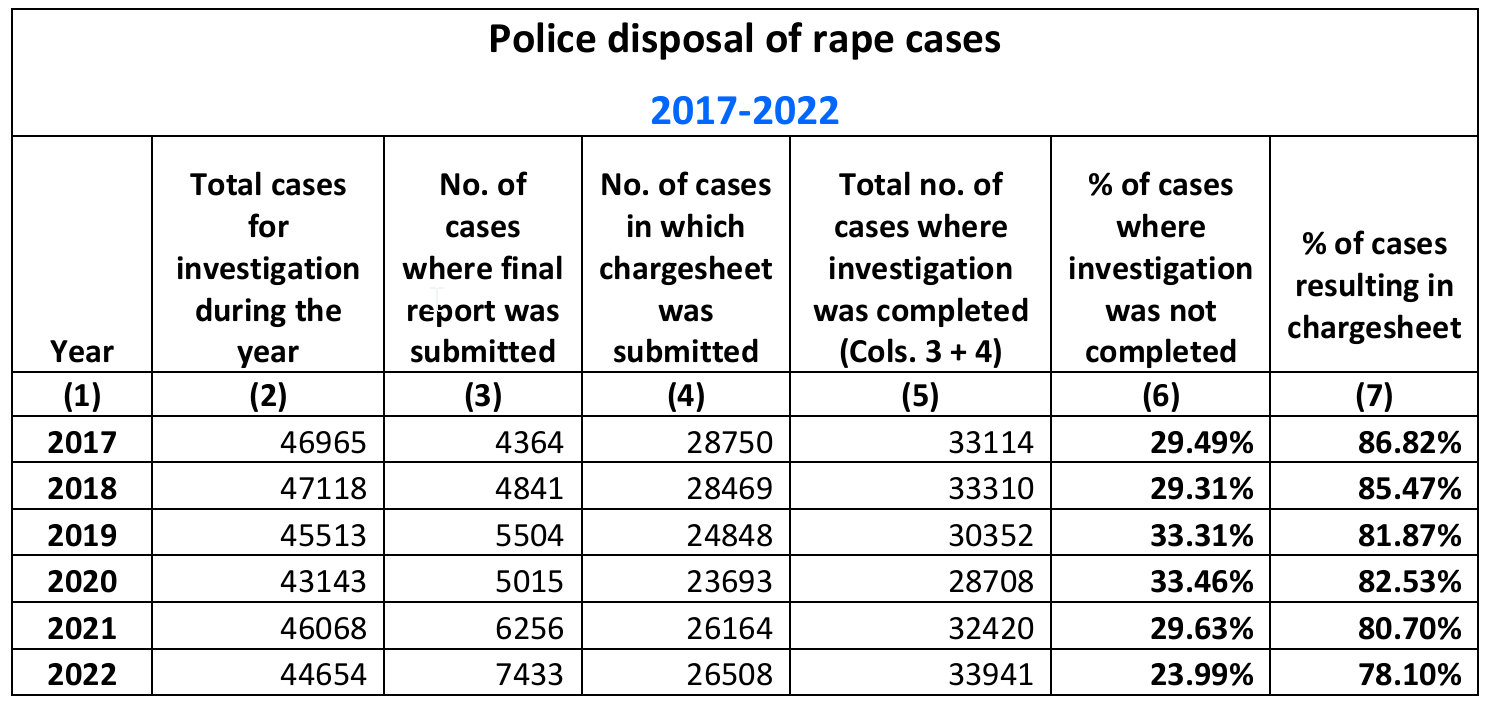
- 30% of rape cases and 40% of rape-murders go unsolved annually.
Evidence Collection Failures

- Over 20% of cases are dismissed during investigation; only ~60% reach courts.
High Acquittal Rates
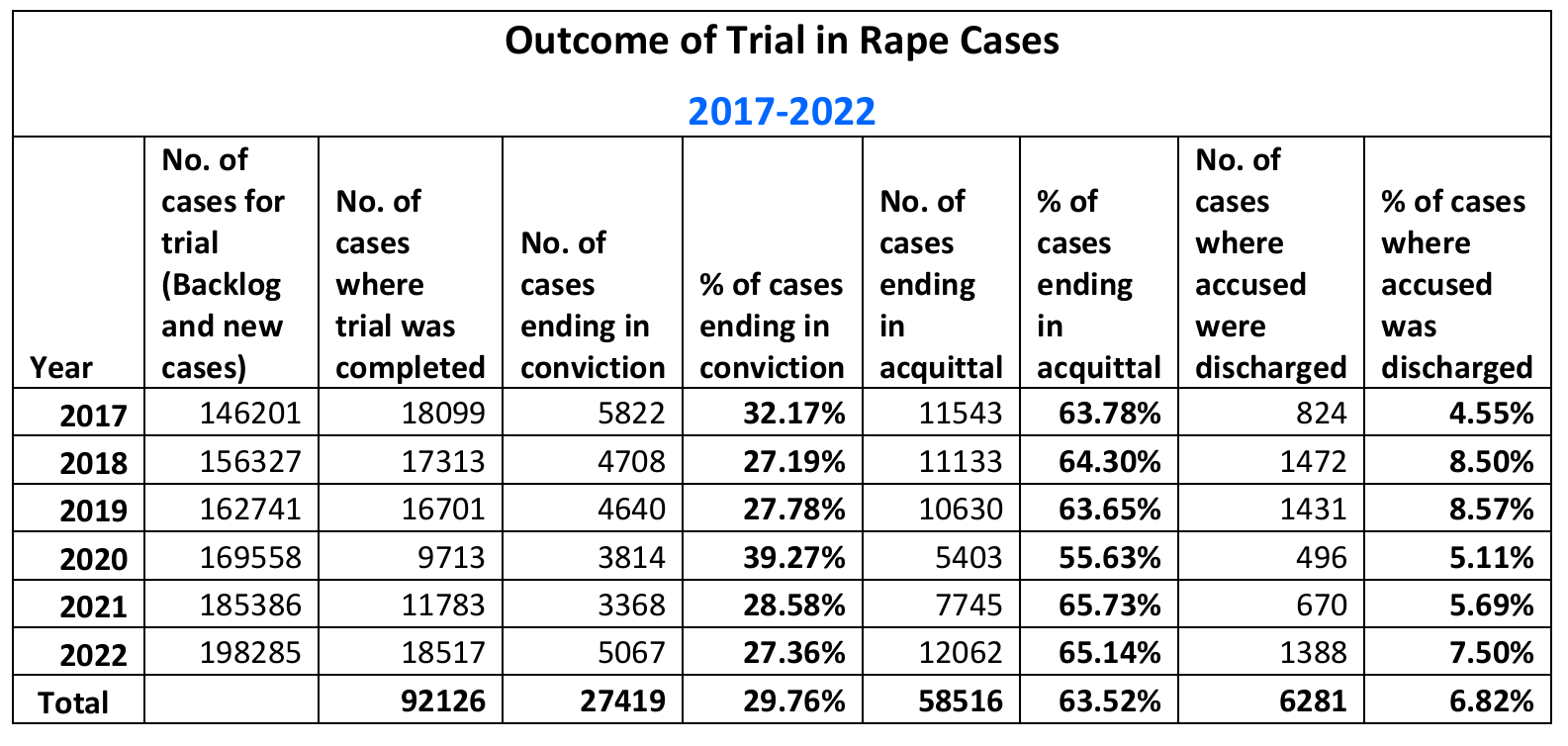
- 60% of tried cases result in acquittals; fewer than 10,000 rapists are imprisoned yearly.
- Even in rape-murders, 30% end in acquittal.
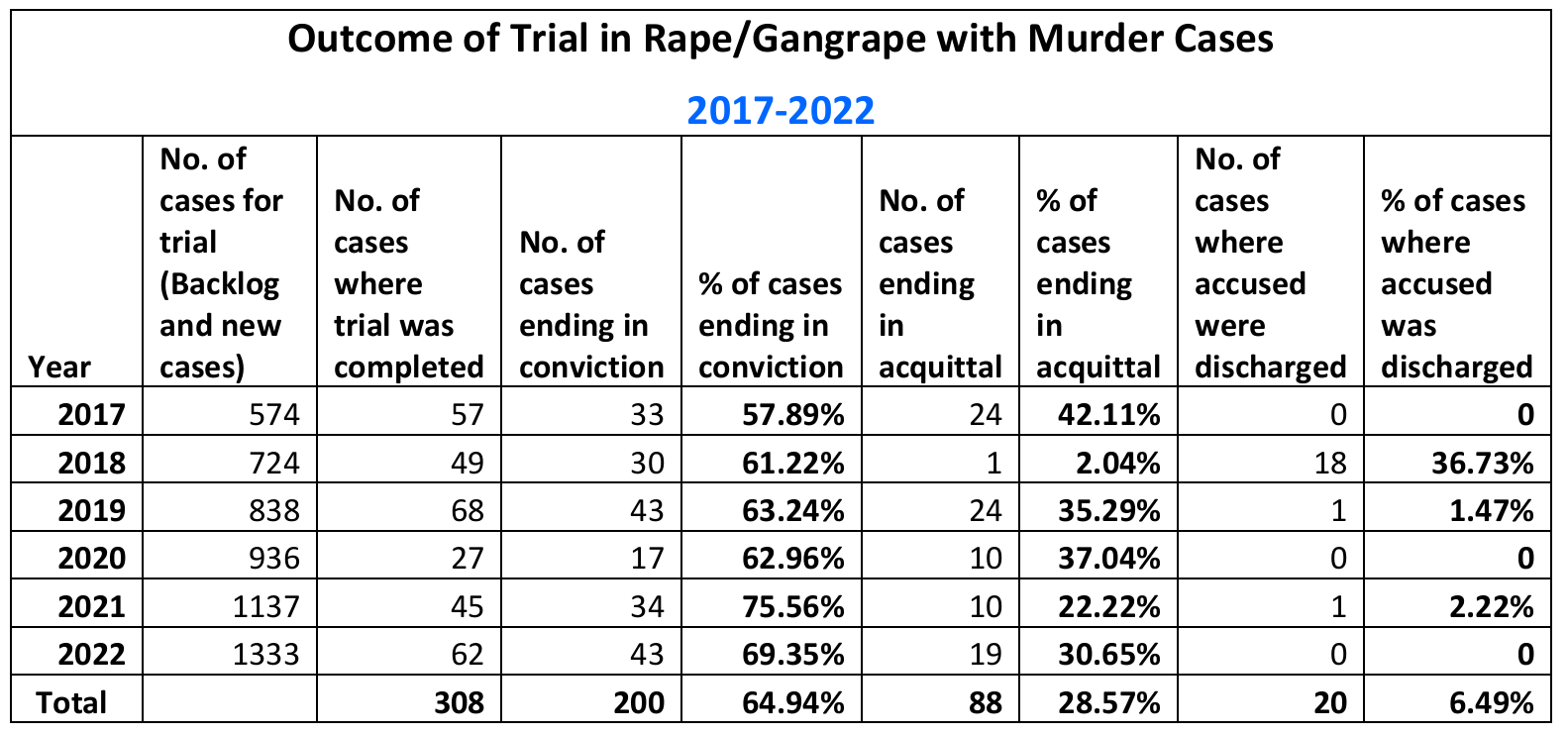
Judicial Delays
Only 13% of rape-murder defendants are convicted annually, implying a 7–8 year wait for verdicts.
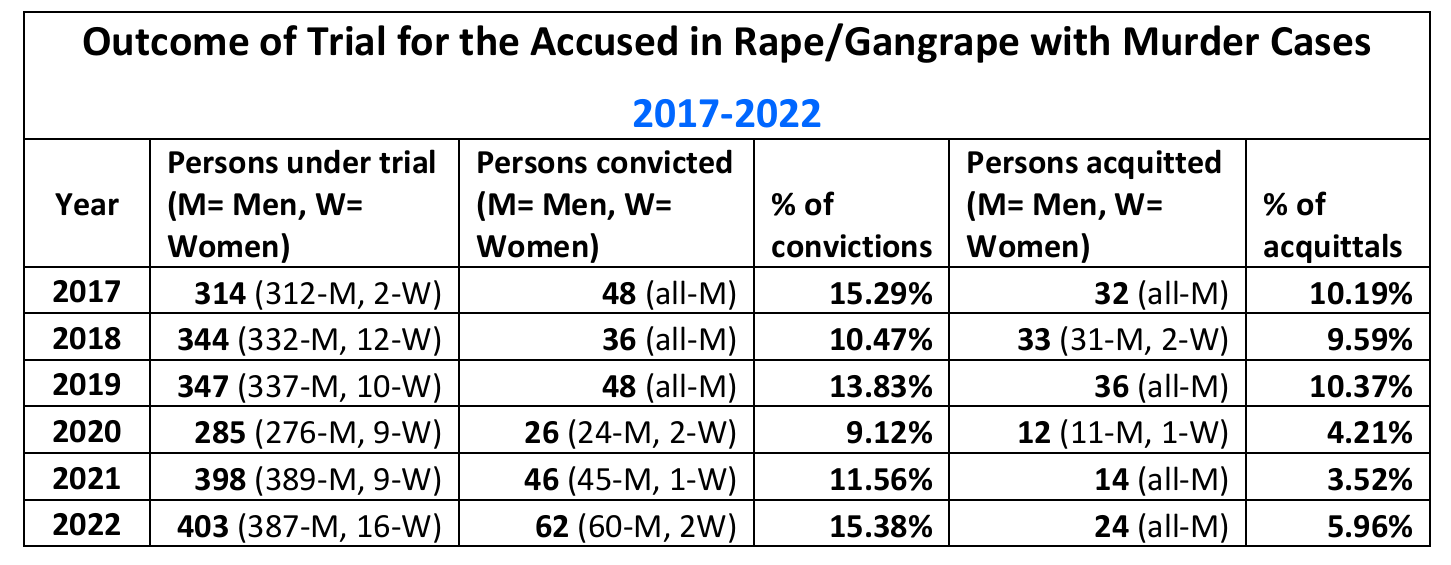
Conclusion
After this deep dive, India’s data is downright horrifying.
It’s no wonder a single rape case can trigger nationwide riots there.
Comparing such a dysfunctional system to China’s is utterly nonsensical.
Why Global Data Varies Wildly
Definitional Differences
- Some Western countries classify any non-consensual contact as rape (e.g., marital rape), inflating rates.
- Saudi Arabia doesn’t recognize extramarital rape, treating it as “adultery” and punishing victims. In 2007, a gang-raped 19-year-old received 200 lashes and jail time for “being alone with men.”
Cultural Stigma
- In religious societies, victims face ostracization. In 2014, an Indian Dalit girl’s family was fined and exiled after her rape; her father committed suicide over “failed caste purity.”
Police Corruption
- In India, police themselves often perpetrate rape:
- 2020: A woman reporting rape was assaulted by the officer taking her statement.
- 2021: A 16-year-old was raped by 400 men, including two policemen.
- 2024: A doctor was raped and murdered by an officer in Kolkata, sparking riots.
- In regions like Mexico or Nigeria, gangs and militias render police ineffective, leaving victims powerless.
- In India, police themselves often perpetrate rape:
In short, low reported rates often mask systemic failures, not safety.